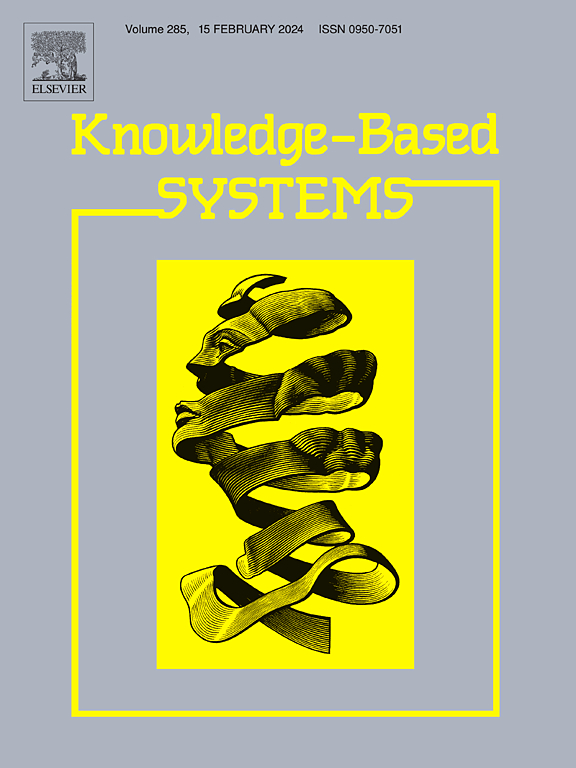基于鲁棒性的时空特征交错对比学习神经网络
IF 7.6
1区 计算机科学
Q1 COMPUTER SCIENCE, ARTIFICIAL INTELLIGENCE
引用次数: 0
摘要
准确的交通预测对智能交通系统的有效性和智慧城市的发展至关重要。实现这一目标需要有效地捕获交通节点的空间和时间依赖关系之间的异构交互。然而,建模系统的鲁棒性和预测能力经常受到细粒度传感器数据收集方法固有的局限性的影响。此外,数据分布的不均匀会加剧模型预测性能的下降。为了应对这些挑战,我们引入了一种创新的神经网络,该网络利用时空特征交错对比学习进行日常交通流量预测。我们的方法包括两个主要部分:首先,我们提出了一个时空位置编码器,旨在通过混合空间编码提供更平衡的训练时空数据样本,以解决数据的局部异质性问题。其次,采用时空交错对比图结构生成器和特定的结构和方向判别器来识别各种潜在的时空特征,并基于趋势和一致性对样本进行分类,从而增强系统的鲁棒性和泛化能力。在六个真实数据集上进行的大量实验和案例研究表明,我们的方法显著提高了基线模型的预测精度,并引入了旨在提高系统鲁棒性的新预测策略。本文章由计算机程序翻译,如有差异,请以英文原文为准。
A novel spatio-temporal feature interleaved contrast learning neural network from a robustness perspective
Accurate traffic forecasting is critical to the effectiveness of intelligent transportation systems (ITS) and the development of smart cities.Achieving this goal requires efficient capture of heterogeneous interactions between spatial and temporal dependencies of traffic nodes.However, the robustness and predictive capacity of modeling systems are frequently compromised by the limitations inherent in fine-grained sensor data collection methodologies.Furthermore, the uneven distribution of data can exacerbate the degradation of the model’s predictive performance.To tackle these challenges, we introduce an innovative neural network that leverages spatio-temporal feature interlace contrast learning for daily traffic flow prediction.Our approach consists of two main parts: First, we propose a spatiotemporal position encoder that aims to provide a more balanced sample of training spatiotemporal data with mixed spatial coding to solve the problem of local heterogeneity in the data.Secondly, we employ a spatiotemporal interlace contrast graph structure generator and a specific structure and direction discriminator to discern various potential spatiotemporal features and categorize samples based on trends and consistency, thereby augmenting the system’s robustness and generalization capabilities. Extensive experiments and case studies across six real datasets demonstrate that our approach markedly enhances the prediction accuracy of the baseline model and introduces novel prediction strategies aimed at boosting the system’s robustness.
求助全文
通过发布文献求助,成功后即可免费获取论文全文。
去求助
来源期刊

Knowledge-Based Systems
工程技术-计算机:人工智能
CiteScore
14.80
自引率
12.50%
发文量
1245
审稿时长
7.8 months
期刊介绍:
Knowledge-Based Systems, an international and interdisciplinary journal in artificial intelligence, publishes original, innovative, and creative research results in the field. It focuses on knowledge-based and other artificial intelligence techniques-based systems. The journal aims to support human prediction and decision-making through data science and computation techniques, provide a balanced coverage of theory and practical study, and encourage the development and implementation of knowledge-based intelligence models, methods, systems, and software tools. Applications in business, government, education, engineering, and healthcare are emphasized.
 求助内容:
求助内容: 应助结果提醒方式:
应助结果提醒方式:


